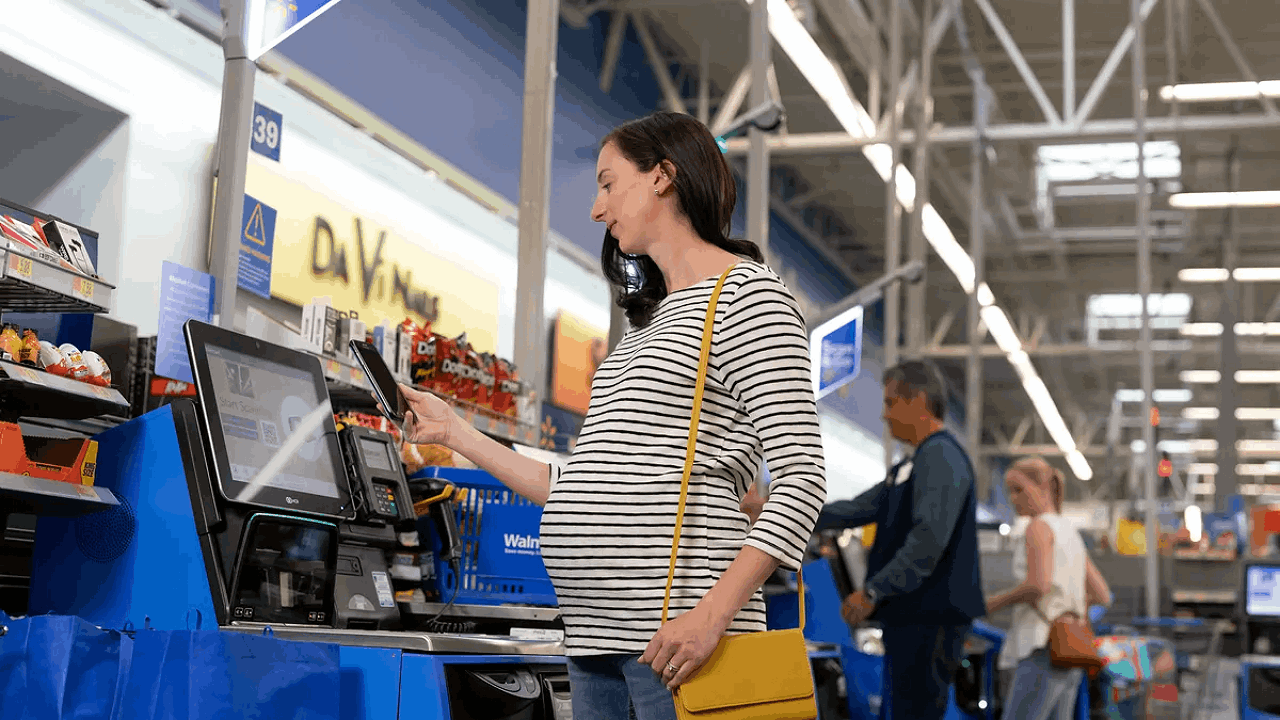
On October 14, 2025, Walmart announced a new partnership with OpenAI to launch “Instant Checkout.”
This feature will allow customers to shop and complete their purchases directly through ChatGPT. This is the first time a major US retailer has offered full shopping capabilities in an AI chatbot.
What Is Instant Checkout

Instant Checkout lets shoppers browse products, ask questions, get recommendations, and make purchases without leaving the ChatGPT interface.
This shopping experience uses conversational AI to remove the need for traditional website navigation, search bars, and the multiple steps usually required to complete an online purchase.
Launch Timeline and Availability
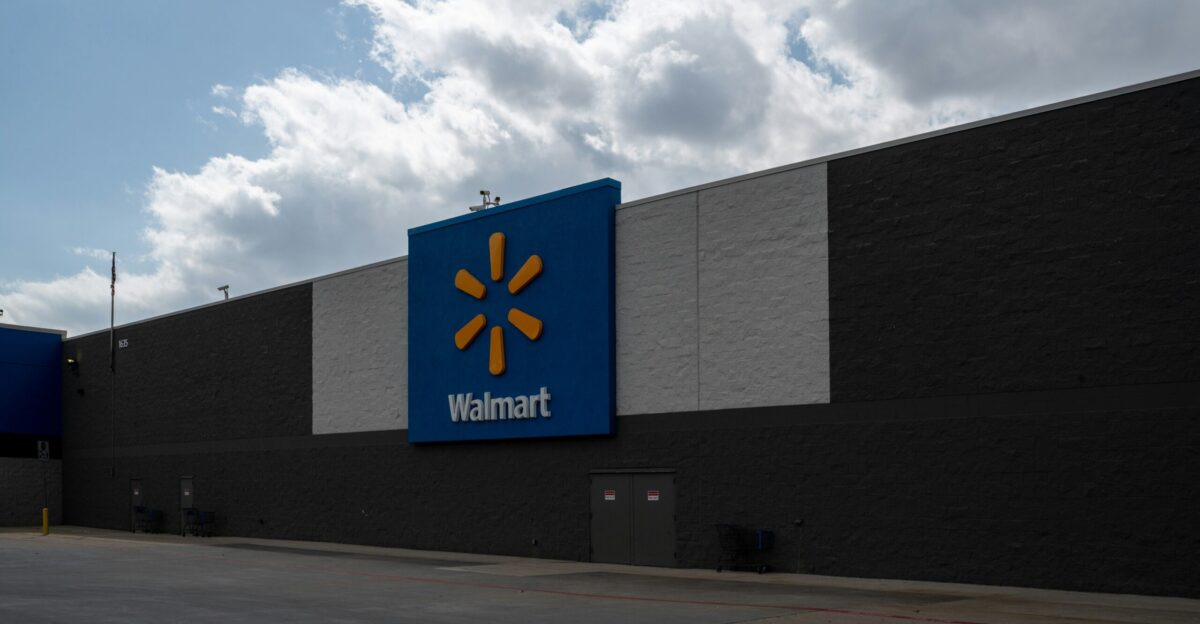
Walmart plans to launch its new feature this fall, but it hasn’t given a specific date yet. This feature will be available to all ChatGPT users, including those with Free, Plus, and Pro subscriptions.
This means Walmart could reach more than 700 million active ChatGPT users around the world each week.
How the Shopping Experience Works

You can ask ChatGPT questions like “What ingredients do I need for tacos?” or “Can you show me wireless headphones under $50?”
ChatGPT will give you Walmart product recommendations that fit your needs. You can then buy these items right through the chat using Stripe for payment.
Product Categories Included

Walmart’s service includes all of its products, such as clothing, home goods, electronics, entertainment items, packaged foods, health and beauty products, and items from third-party sellers.
After Walmart launches, products from Sam’s Club will be added.
Fresh Food Exclusion Explained

Walmart will not include fresh produce, meat, dairy, and other perishable items in the first rollout.
The company has not provided a full explanation, but it mentioned that customers usually buy fresh food items weekly. This may impact how AI-powered ordering works with these products.
CEO Doug McMillon on AI’s Future

“For many years now, eCommerce shopping experiences have consisted of a search bar and a long list of item responses. That is about to change,” said Walmart CEO Doug McMillon.
“There is a native AI experience coming that is multi-media, personalized, and contextual. We are running towards that more enjoyable and convenient future.”
What Is Agentic Commerce
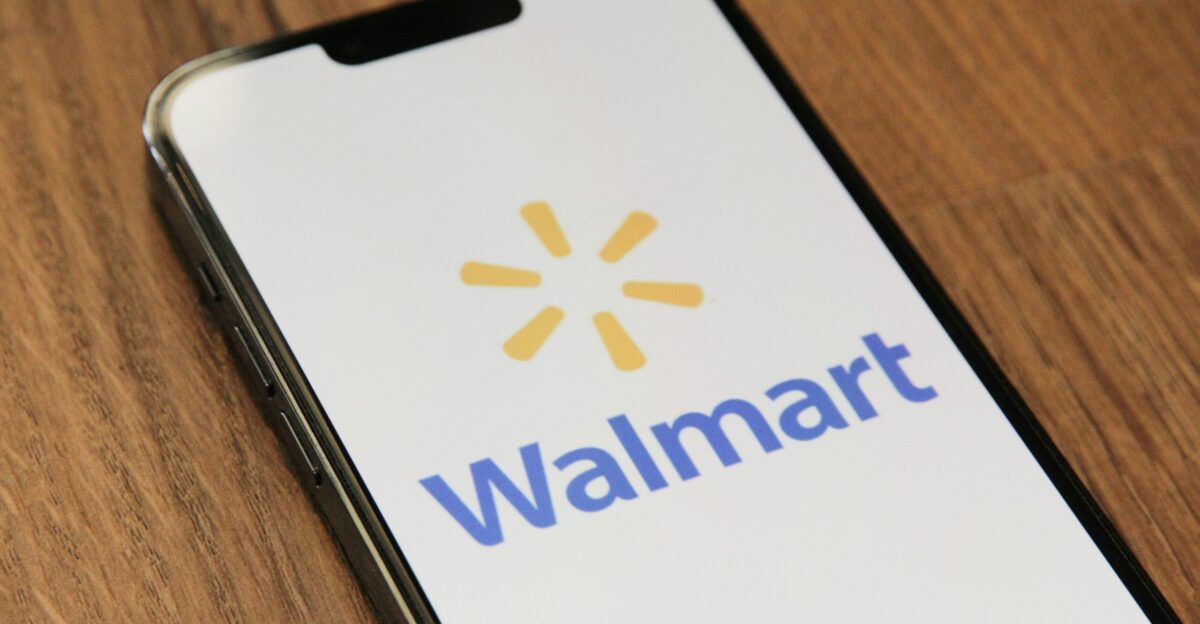
Walmart refers to this as “agentic commerce.” This means a change from reactive AI to proactive AI.
Instead of just answering searches, the AI predicts what customers need, learns their preferences over time, and suggests products based on context. This demonstrates AI acting as a shopping assistant, rather than just a search tool.
Walmart’s AI Journey
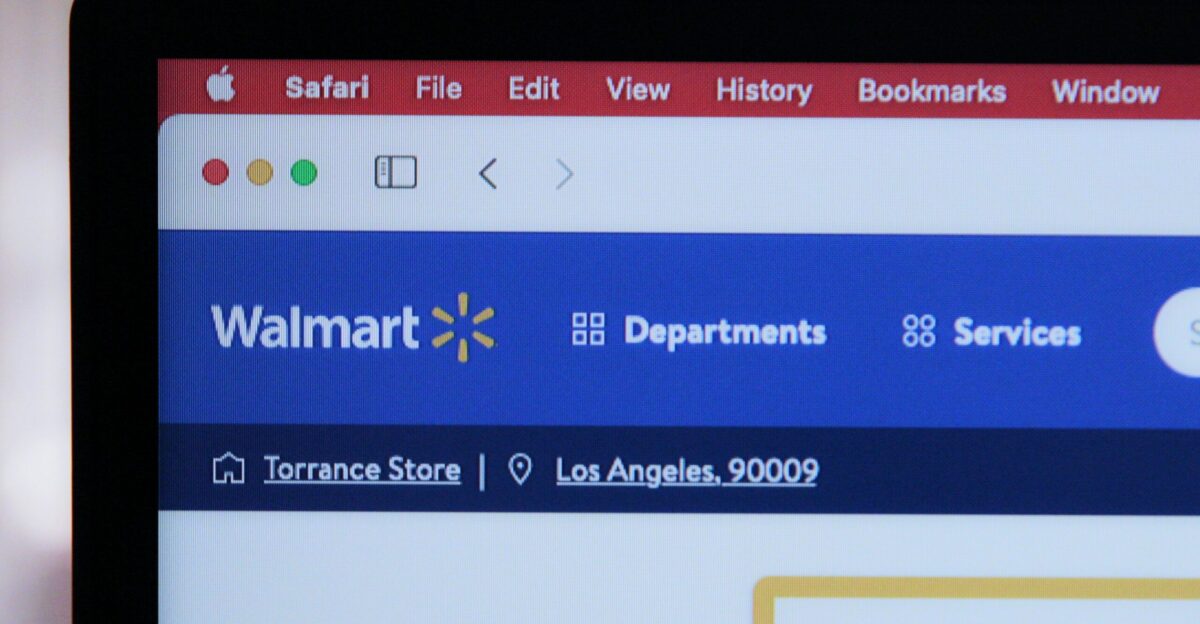
Walmart’s new partnership is a significant step in its seven-year plan to leverage artificial intelligence (AI). The company has methodically used AI to improve operations, customer service, supply chain management, and product development.
By teaming up with OpenAI, Walmart aims to scale its AI efforts directly to customers.
AI Impact on Operations Today

Walmart utilizes AI to expedite its fashion production, reducing timelines by up to 18 weeks.
It also reduces customer care resolution times by up to 40%, helps manage inventory more effectively, and operates “Sparky,” Walmart’s AI shopping assistant, on Walmart.com and the mobile app.
ChatGPT Integration

Walmart becomes the largest retailer integrated with ChatGPT’s shopping capabilities.
Other retailers, including Etsy and Shopify merchants (such as Skims and Vuori), have added ChatGPT purchasing, but Walmart’s scale—serving 270 million customers weekly—dwarfs previous integrations.
Stripe Powers Payment Processing
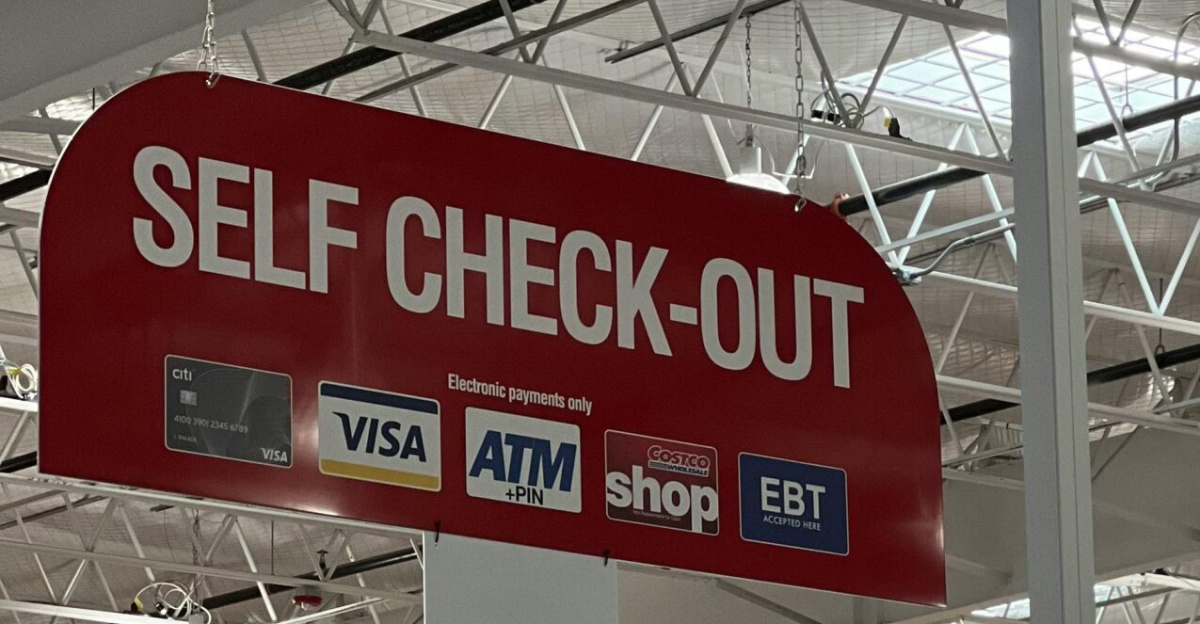
Payment processing is handled through Stripe’s infrastructure, which OpenAI selected as its payment partner for instant checkout across all retail integrations.
Stripe manages the financial transaction, security, and compliance, while ChatGPT handles the conversational shopping interface.
Amazon’s Head Start
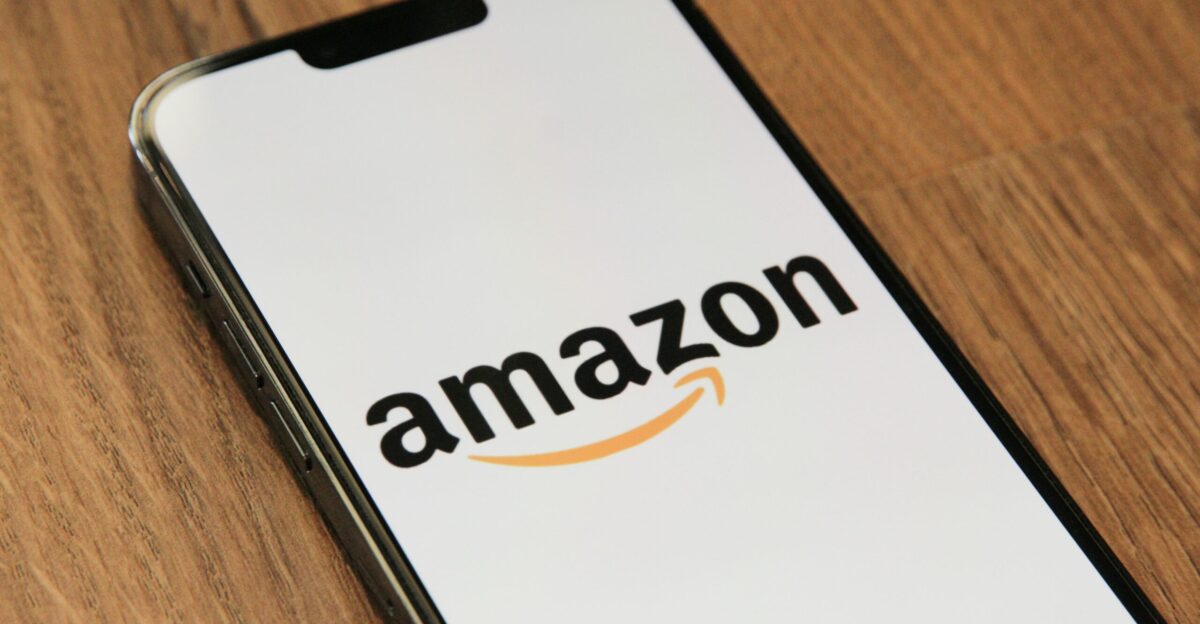
Amazon launched its Rufus AI shopping assistant in early 2024, giving it a first-mover advantage in the conversational commerce space. However, Walmart’s ChatGPT integration provides access to a larger established user base.
Retail analysts commenting on WCNC Charlotte stated that “Walmart’s move could set a new standard for digital shopping,” giving it a potential advantage over Amazon and Target. Reuters notes that Walmart is working to narrow Amazon’s competitive edge in AI-powered retail.
Industry Reactions and Competitive Pressure
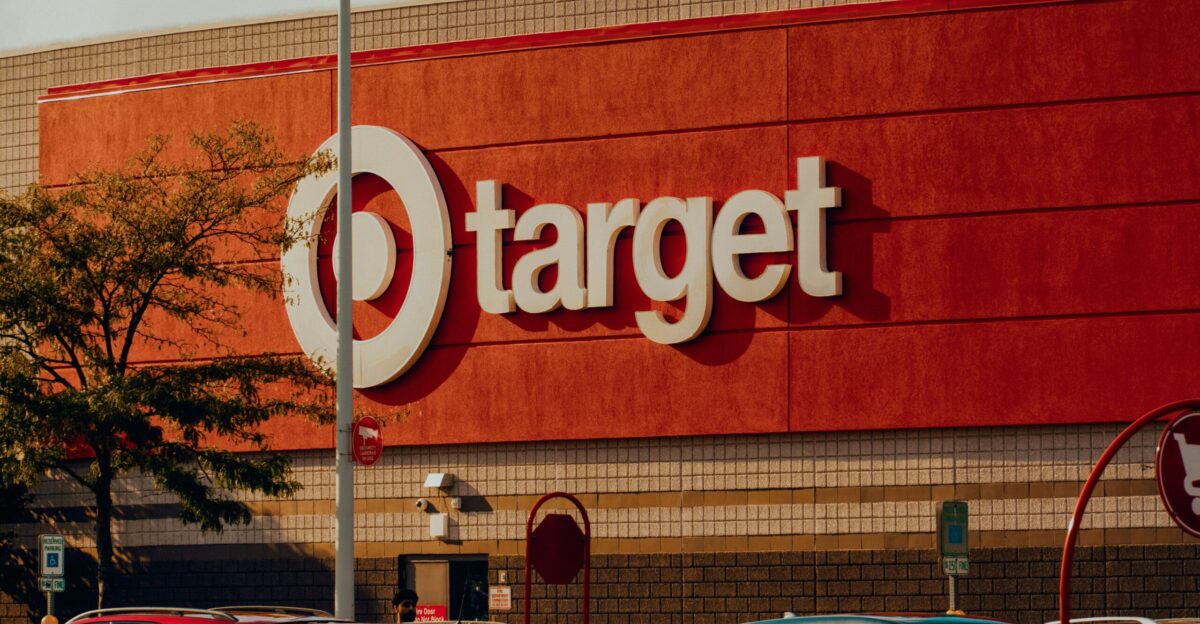
Market analysis indicates that Target, Kroger, and other major retailers face intensified pressure to accelerate AI shopping initiatives or risk losing tech-savvy customers to competitors who have already integrated conversational commerce.
E-commerce platforms, including Instacart (which also features ChatGPT integration) and DoorDash, must continue to differentiate their services as AI reduces friction in traditional retail purchasing.
Stock Market Response

Walmart stock rose nearly 5% (4.98%) following the announcement, signaling investor confidence in AI-powered retail.
The market response suggests investors believe conversational commerce represents a significant growth opportunity, though the financial terms of the Walmart-OpenAI partnership remain undisclosed.
Workforce and Employment Questions

Walmart emphasizes that this technology aims to “remove friction” rather than “replace human connection with machines,” but the company has not detailed potential employment impacts.
Goldman Sachs Research economists Joseph Briggs and Sarah Dong estimate that AI could displace 6-7% of the U.S. workforce if it were widely adopted. However, they note that the impact is likely to be transitory as new job opportunities emerge.
Senate Warning

A Senate HELP Committee report released October 6, 2025, warned that AI could eliminate 100 million American jobs over the next decade across all industries. While the specific retail impacts remain unclear, the report highlights concerns about workforce displacement surrounding the rapid adoption of AI.
The World Economic Forum projects that, by 2030, 92 million jobs may be displaced by AI and automation, but 170 million new roles could be created—a net increase of 78 million positions, particularly in AI development, data science, cybersecurity, and green technology sectors.
What This Means for Shoppers

Consumers gain speed and convenience with fewer steps between product discovery and purchase. However, shoppers should compare prices across platforms, as AI convenience doesn’t guarantee competitive pricing.
Traditional checkout options remain available for those preferring conventional shopping experiences.
Consumer Privacy Considerations

As with any AI-powered service, consumers should review how their shopping data, purchase history, and conversational queries are collected, stored, and used.
Understanding ChatGPT’s and Walmart’s respective data privacy policies becomes essential as shopping conversations create detailed consumer profiles.
The Future of AI-Powered Retail

Voice commerce analysts predict this represents just the beginning of AI retail integration. Industry research indicates that by 2025, voice searches are expected to account for 50% of all online searches, with 55% of consumers already using voice search to find products. Studies on AI-driven omnichannel retail show that omnichannel customers are 30% more valuable over time than single-channel shoppers.
Future iterations may include voice-activated shopping through smart home devices like Alexa and Google Assistant, integration with Walmart’s 4,600+ physical stores for seamless omnichannel experiences, and expansion to fresh food once logistics challenges are resolved.